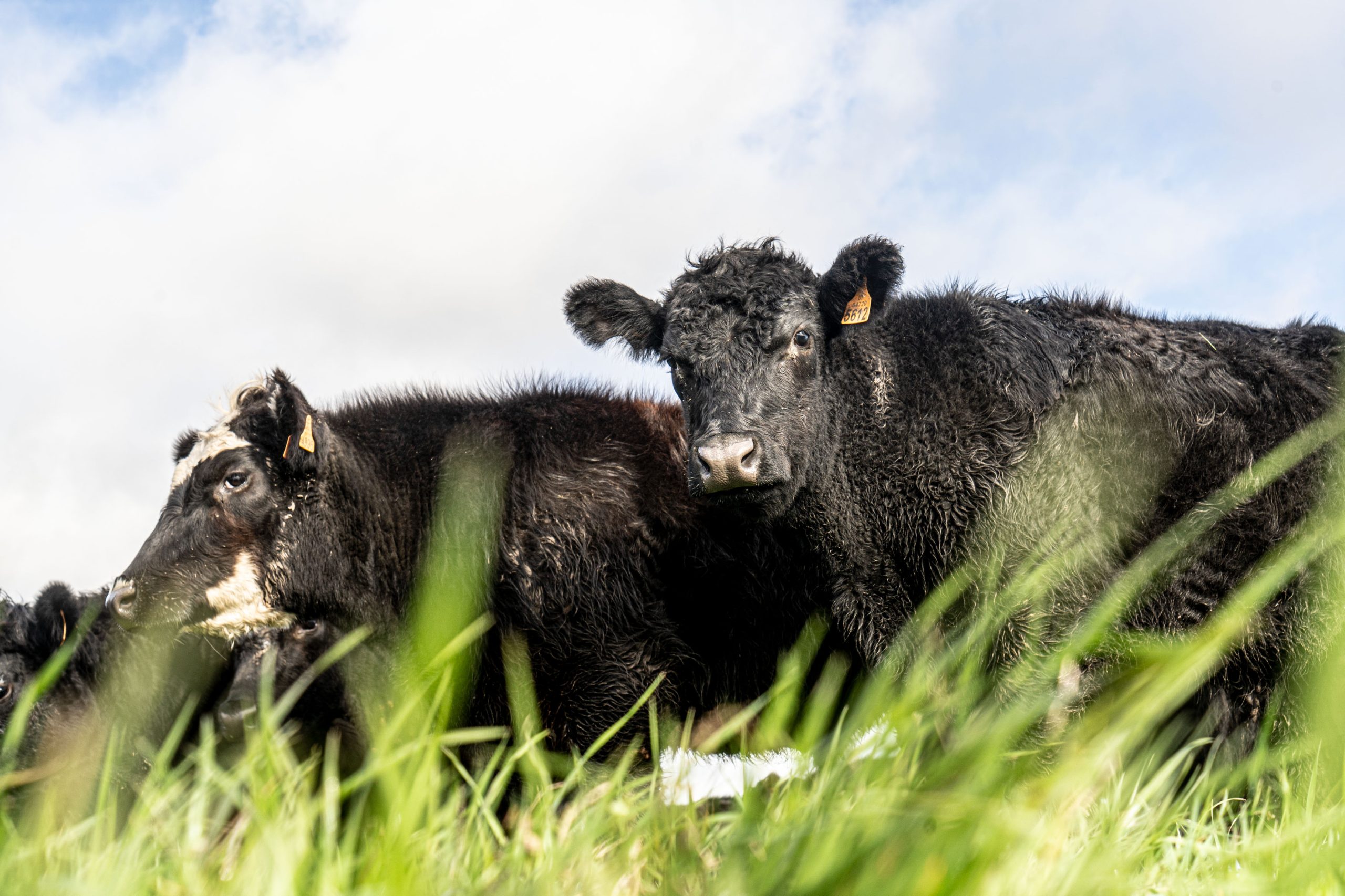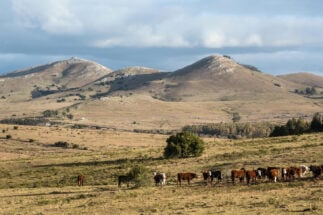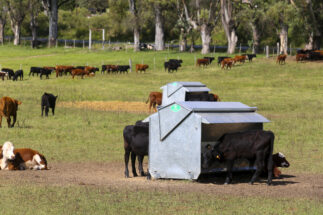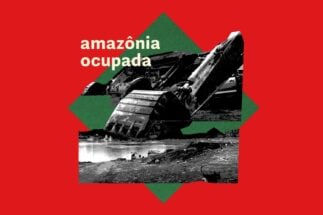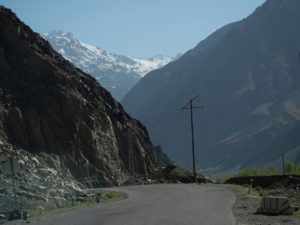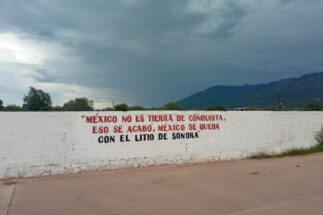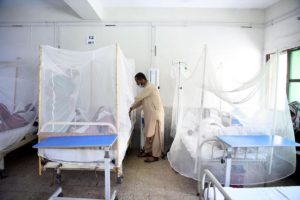“Cattle are not the problem, they are part of the solution,” claims Sebastián Olaso, as he pulls on his boots to head out on Rincón del Sauce, his farm in the department of Florida, southern Uruguay. “Cattle eat grass that grows back and in the process fixes carbon in the soil.”
On his 1,300 hectares, Olaso fattens hundreds of Angus steers, the final stage in the production process of Uruguay’s first certified “carbon neutral beef”, which is also reportedly among the first in the world to be exported under this label. For now, the scale is small, at about 60 tonnes per year.
The concept of “climate-smart” livestock farming has begun to guide public projects and private enterprises in the livestock sector as they aim to improve their balance sheet of greenhouse gases, to certify procedures and to generate products with higher added value.
Across South America, many in the industry have increasingly sought to position livestock farming as a potentially carbon neutral activity, one in which emissions are offset by carbon storage in the soils of pastures. This has been heard particularly in Uruguay, where pastures prevail.
Though these emissions claims, at a broader sectoral level, are treated cautiously by environmental organisations, operations such as Olaso’s are now making notable steps forward in their efforts to pursue “climate-smart” approaches, and to seek a more sustainable future for beef production.
Certification
Olaso runs the Uruguayan livestock company Mosaica, which has been producing its “carbon neutral” beef for export since December 2021. Under its Sol Dorado brand, the first cuts of Angus steers flew to Switzerland labelled with the “Cradle to Gate” carbon neutral seal of the LSQA, a joint venture between business standards agencies Laboratorio Tecnológico del Uruguay (LATU) and the Vienna-based Quality Austria.
The certification is based on international ISO standards and adapts the methodology of the Intergovernmental Panel on Climate Change (IPCC) to survey and verify the carbon footprint of meat. It joins a cast of other existing Uruguayan certifications, such as Grass Fed (assuring no grain feeding or feedlot finishing of animals) and Never Ever 3 (no antibiotics, growth promoters or animal protein feed).
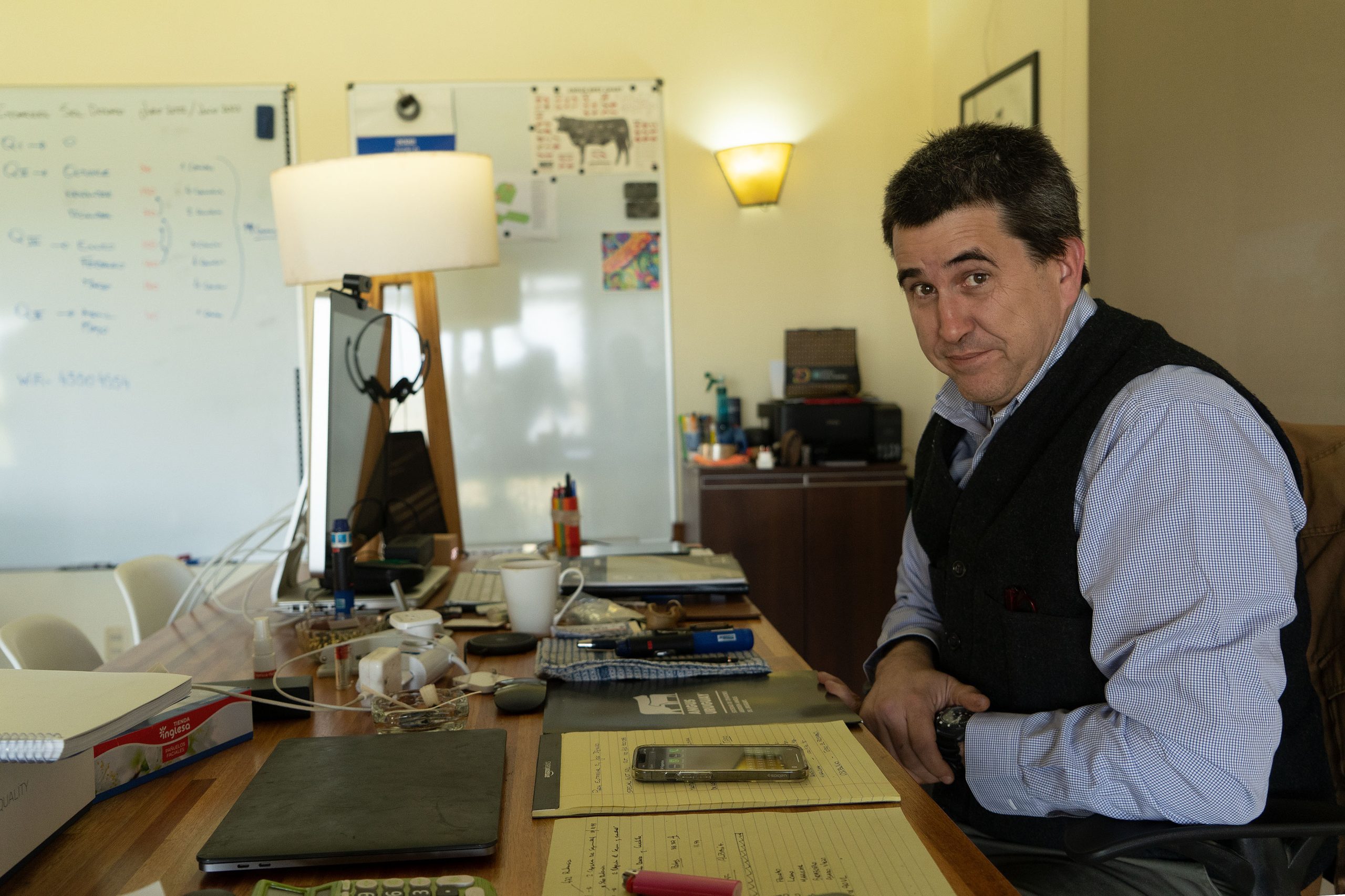
Applying for certification requires the recording of a range of different measurements: the balance between emissions and carbon sequestration by the farm itself, livestock, native forests and woodlands, mechanised operations, soil capacity and fertilisation.
Successful certification verifies that the farm has achieved carbon sequestration equal to or greater than its emissions at all stages of livestock production: from birth, breeding and fattening to the point of arrival at the abattoir for slaughter. This includes the certification of external suppliers, such as the cattle transport company.
“To offset the methane and carbon emissions by carbon sequestration, everything must be in the name of the same company in a closed and complete cycle; it took a year to do the analysis and study, and another year to get all the information from LSQA to complete the certification,” explained Olaso in an earlier interview.
The methane issue
Livestock manure and digestion processes produce approximately 32% of global emissions of methane, a greenhouse gas with a high warming effect. In countries where the livestock sector is more dominant, such as Uruguay, this percentage can be much higher.
93%
The percentage of Uruguay’s overall methane emissions that result from agricultural activity, with the majority of this coming from livestock production
Of Uruguay’s greenhouse gas emissions, 73% come from the agriculture and forestry sector, which roughly corresponds to the profile of a food-producing country. Ninety-three per cent of the county’s methane emissions come from agriculture, primarily from livestock operations.
Uruguay is aiming to reduce emissions from the livestock sector without affecting its productivity. To this end, a public project, Ganadería y Clima (Livestock and Climate), is currently being implemented, which seeks to “contribute to facing the challenges of the livestock sector through a comprehensive approach that includes improving productivity and sustainability”.
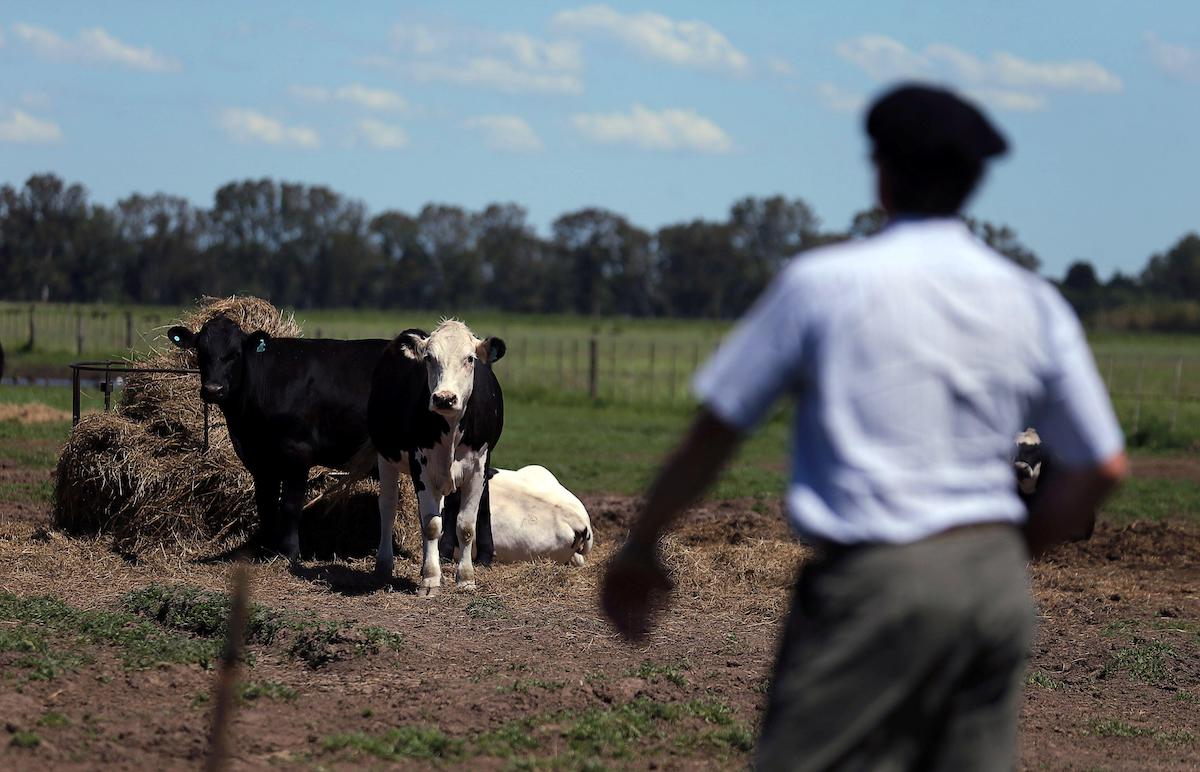
Based on the results of a diagnosis of each livestock farm, a programme is designed to modify their production system with low-cost, low-emission practices and technologies. For example, increasing fodder production and quality, as well as the application of certain management techniques and reducing overgrazing.
From 2020 to 2021, the 60 producers participating in the project, whose operations cover a total of 35,000 hectares, reduced emissions of carbon dioxide, methane and nitrous oxide by 5%. In addition, the emissions intensity per kilo of meat was reduced by 16%, all while beef production increased by 10% and lamb by 15%.
“This is a potential that the country should take advantage of,” said Cecilia Penengo, from the climate change directorate of Uruguay’s Ministry of Environment, during a presentation on the Ganadería y Clima project in June.
Added environmental value
In the cold morning, steam can be seen from the breathing of the steers. The smell is a mixture of fresh dung and wet grass from the meadow planted with yellowy lotus japonicus, white clover and red clover.
The animals welcome humans’ touch. “They are not afraid. This is animal welfare, it shows that the animals have not been mistreated,” says Olaso.
“These steers go to the slaughterhouse between October and November,” he tells us. They will be between 18 and 20 months old and will weigh around 530 kg, reaching a minimum hanging weight – the measurement after slaughter and processing – of 273 kg in order to meet Swiss requirements. The vacuum-packed and chilled cuts will travel in cardboard boxes arranged on wooden pallets in the hold of a plane. They must be on European shelves less than 15 days after the date of slaughter.
Uruguay exported 572,522 tonnes of beef in 2021. Sixty per cent was destined for China, to whom Uruguay was the third largest supplier in terms of volume, behind only Brazil and Argentina, surpassing nations such as the US and Australia.
But the country has little room for growth. In 2021, 2.63 million cattle were slaughtered, an all-time record that is unlikely to be reached again this year. This ceiling means that the focus of competitiveness is on niche meats, with a price differential based on sustainable attributes.
From trend to norm
The European market is the most interested in carbon neutral meats, according to Olaso. If, he asks, there are rulings such as no further sales of combustion cars in the EU come 2035, how long before the entry of non-carbon neutral or environmentally friendly meats becomes more limited or even closed to them? Maybe less than a decade, he estimates.
According to the UN Food and Agriculture Organization’s Agricultural Outlook 2022-2031, greenhouse gas emissions from food production will increase 6% over the next decade, with livestock projected to account for 90% of this increase.
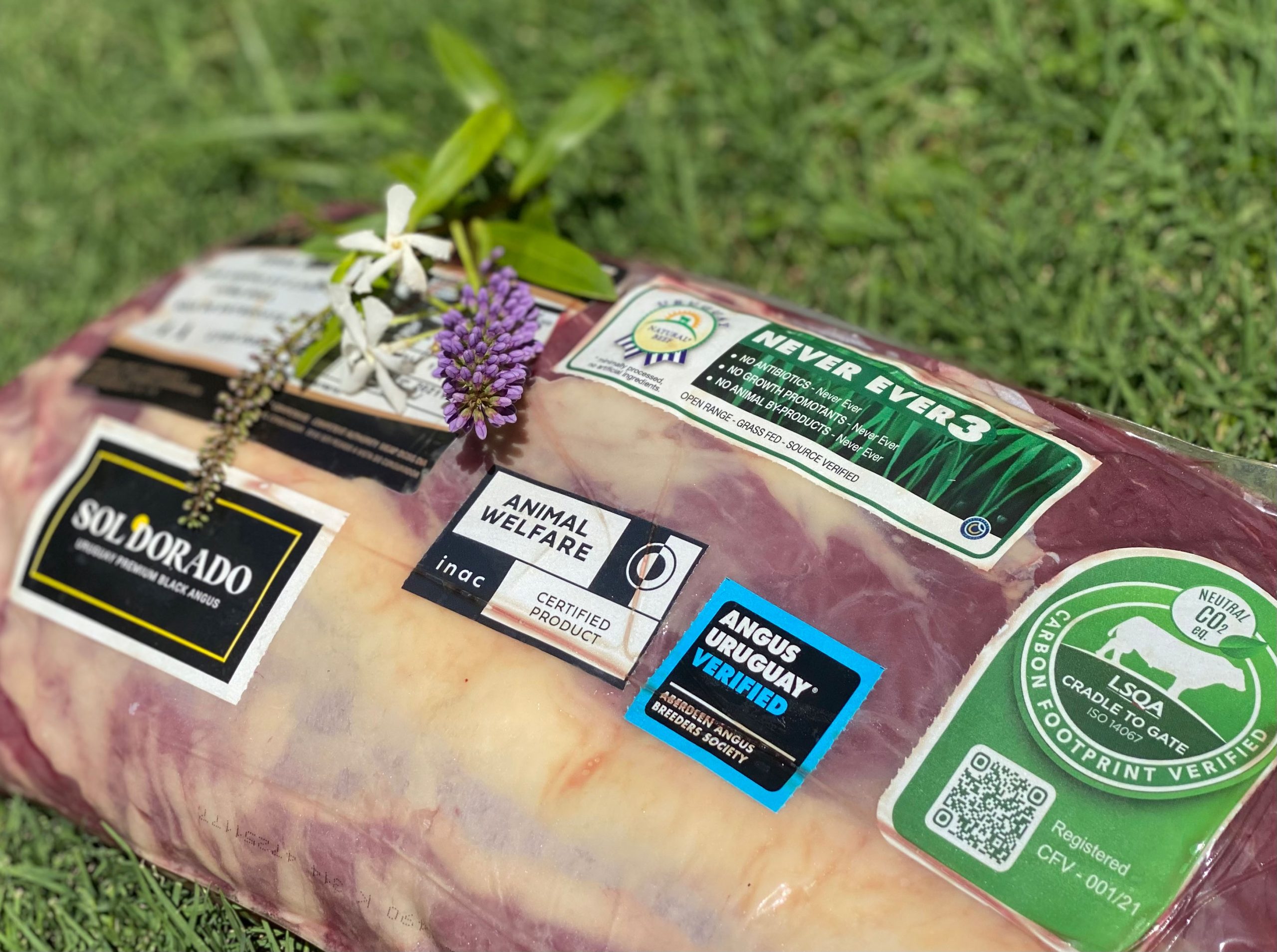
“Clearly the world is going that way,” LQSA auditor and executive Patricia Rovella told Diálogo Chino. “These are requirements set by markets and consumers who demand more information, in addition to countries’ commitments to reduce their emissions,” added Rovella, a veterinarian specialising in animal welfare in the meat supply chain.
Beyond Uruguay, in May this year, New Zealand’s largest meat processor, Silver Fern Farms, exported zero-carbon meats to the United States and celebrated with a presentation in New York. In the US, UK and Australia, carbon neutral meat is also produced on a small scale for the local market.
Rovella highlights the need for “clear communication of the environmental performance of products” in an environment where “ambiguous environmental claims such as ‘ecofriendly’ or ‘sustainable’ proliferate.” Therefore, she says, certification with the carbon neutral meat label “provides clarity and support”.
Looking to the future, Olaso once more mentions changes in overseas markets as a driving factor in efforts towards carbon neutral production: “Not just anyone will be able to enter the European market: those who are not certified will have to pay extra fees, and consumers are willing to pay a differential price for products that soothe their conscience, knowing that they are not polluting.”
